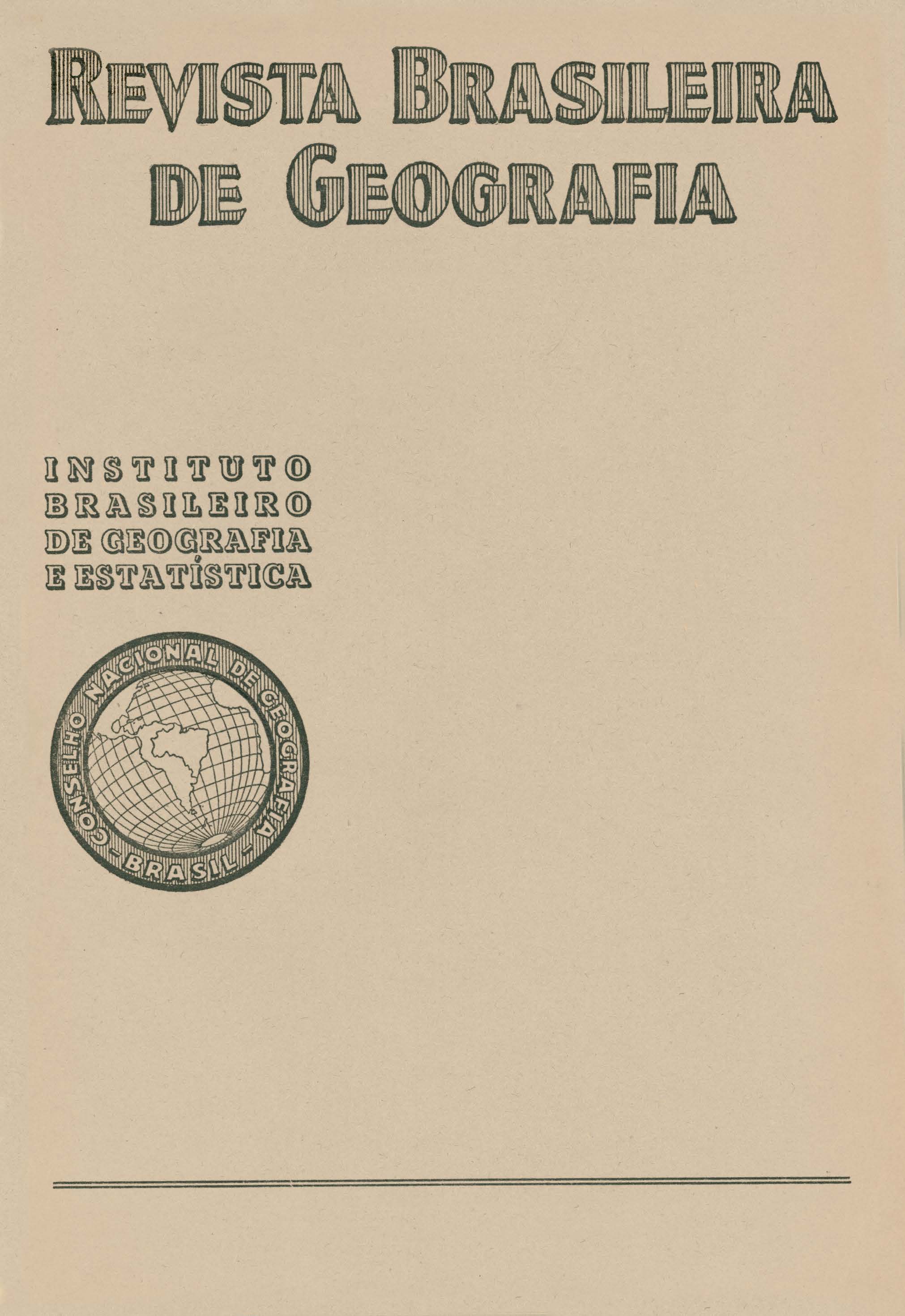A Flora amazônica
Resumo
The author, a renowned botanist and consulting technician on phytogeography of the National Council of Geography, submits in this article a study which is more informative and practical than botanical.
He shows the analogy of the nature of the Amazon flora with that of other equatorial regions and furnishes information about its principal useful plants.
The immense hylaeais divided by the floristic differences which present four parts, namely: the Eastern Andean hylaean zone; the Amazonian-Orinoco region or zone (Humboldt's hylaea); the Guiana hylaea and the Central American or Panamanian disjunction. The author speaks about and makes comparison among three hylaeas, the American, African and Insulindian-Asiatic.
Out of the 122 kinds of leguminous plants of Brazilian Amazonia 40 are common to other two or one of the other hylaeas.
Among the useful plants found only in the Brazilian hylaea, we may mention the rubber-tree, the "caucho", the Brazil nut, the "guaraná", the "cumarú", a great number of palms, and others.
In the Brazilian Amazonia Dr. Sampaio sees forest formations, field formations and limnophilous flora. He considers separately the "bomburrais" {dense and impenetrable, generally consisting of willows. and several cases of gregariousness (an accumulation of individuals of the same species in the same place).
He explains that each formation has its variations and each variation, in general, its peculiar vegetation. In most cases, however, the Brazil nut and "caucho" trees are characteristic of firm ground, while the cocoa trees belong to the dry marshes, and the rubber trees to the swamps and "igapós" (recent alluvials).
Speaking about the climatic influence, the hydrographic system, the relief and nature of the soil, he begins by applying Emberger's aphorism that "the flora is the reflection of the climate". Concerning the relief of the soil he states that "a cross section of the Amazon region in theory, showing the altitude of the plains, of the watersheds of the Mato Grosso and Guiana blocks and their plateaux, would indicate differences in altitude varying from a few metres above sea level, on the plains, up to 2.506 metres on Cerro Masiati (between Eastern Amazonia and Venezuela) and 2,875 metres at the Roraima Peak on the frontier of Brazil with Venezuela and British Guiana".
He states that in the Mato Grosso block only the extreme North is typically hylaean and adds that Acre, according to A. DucKE, is essentially Amazonian, though subject to the interference of the general flora of Brazil, and that the State of Pará in the Amazonian region has a strip with extra-Amazonian characteristics.
With respect to the fields existing on both sides of the Amazon River, the author admits a supposition that they may be the remains of vegetation that preceded the present hylaea, previous to the geologic phenomenon which caused the Amazonian depression.
The author makes it clear that the true rubber-tree - Hevea Brasiliensis - is typical not only of the flooded forests but also of the high clay soils.
Dealing with the colouring of the water of the rivers he avers that those with white waters (muddy) are erodent. washing away the banks and islands and producing the phenomenon known as "terra caída" (bank erosion). There are also rivers whose waters are green with plankton on the surface, and those with black waters. The author ends his excellent work with a chapter on "Useful Amazonian Plants", basing his considerations upon PAUL LE CoiNTE's book A Amazonia Brasileira.






